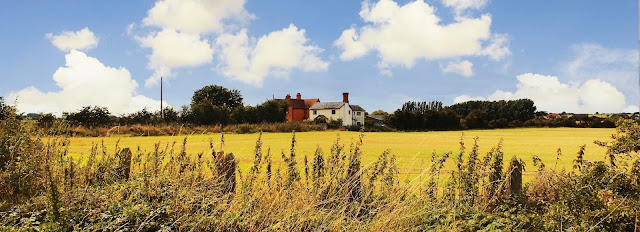Sky replacement has been around for a while. Most notably in Luminar. However it is now available as an option in the latest update of Photoshop. It does work (mostly) very well and while it doesn't work on some images that have a very complicated sky area, it does it's job for the vast majority of images.
Now, as ever, the images benefit from some editing to make them look 'real'. You can get some dreadful results where the image looks totally false. So it's worth trying different sky images to see what works best. By working on the brightness, contrast and colour etc. You can come up with something that looks natural.
We have all, I'm sure, had burned out skies, a cloud formation that is messy and other occurrences that reduce the aesthetic appeal of an image. The vast majority of us are not forensic or scientific photographers attempting to record reality exactly as it is. We are to a large extent creating something that can be regarded as creative art.
Adding a new digital sky to an image shot on film can also have a beneficial effect on the image. Skies are usually where film grain shows up most. So eliminating that with a replacement 'clean' sky can make a film look less noisy. Personally I've never seen the attraction of grain anyway, so any way to eliminate it is a bonus as far as I'm concerned.
In terms of the skies that I create myself, they are mostly pretty bland. A super dramatic sky and cloud formation can often look pretty false stuck on to an image. Plus I'm looking for skies that I can use again and again on various images.
So, I'm pleased that Adobe have put this feature into Photoshop and I'm finding it very useful. It's too early to say whether it's having an impact on my sales and I wouldn't imagine that it would make that much difference anyway. I try to use it sparingly and my consideration is always 'Will it improve the image?' Hopefully I have succeeded in doing that.















